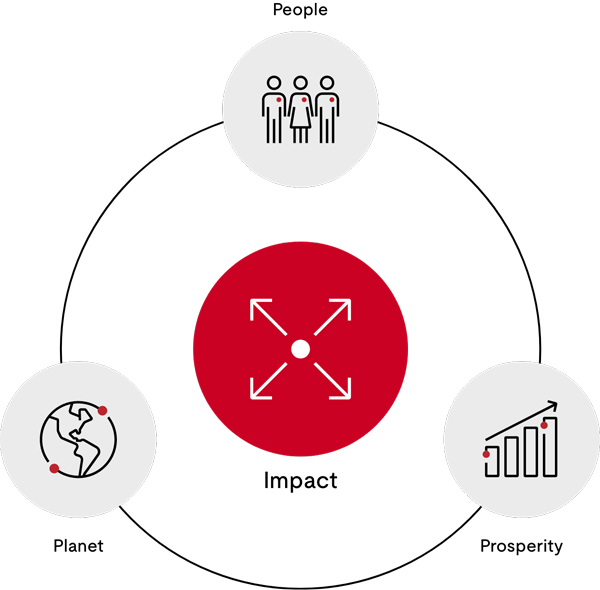
Strategy
Science, safety, security, and the sustainability of life and well-being on this planet drive our business and sustainability strategy. Our operational strategy considers climate science, sustainable development, and ESG risk factors and opportunities for ourselves, and for our customers who trust us to lead as ESG enablers. That is why our overarching ambition guides us to serve as our customers’ most trusted, science-based safety, security and sustainability partner.
We regularly review and assess key global market challenges and opportunities, including sustainability and ESG trends. We do this during the normal course of serving our customers, delivering a broad range of safety, security and sustainability service offerings through our interactions with standards, regulatory and government forums, and our global strategic planning and risk management work. We incorporate the increasing demand for sustainability and ESG solutions and the corresponding commercial opportunities directly into our strategic, investment and operational plans.
Since our foundation, we have applied our expertise to help realize a better and more sustainable future through fulfilling our founding mission, working for a safer world. Our strategic framework organizes our impact initiatives into three ESG pillars and practices:

People
Elevating the health, safety and well-being of all
Providing a workplace environment where our employees feel safe and included so they can do their best work and engaging our network of partnerships.
Planet
Protecting and preserving our Earth’s ecosystem
Applying our safety science leadership toward reducing our dependency on carbon-based fuels and conserving our planet’s natural resources.
Prosperity
Solving the world’s challenges through our mission
Elevating the safety, security and sustainability of people’s lives everywhere as a valued service to society, leading the way to a sustainable future.
Corporate Sustainability
Our corporate sustainability function develops and mobilizes our sustainability strategy, aiming to positively impact the world through environmental and social initiatives, and our business services, organized around our three pillars. We aim to apply our human, brand and financial capital in alignment with our guiding principles to drive sustainable development and positively impact our stakeholders and the communities in which we do business.
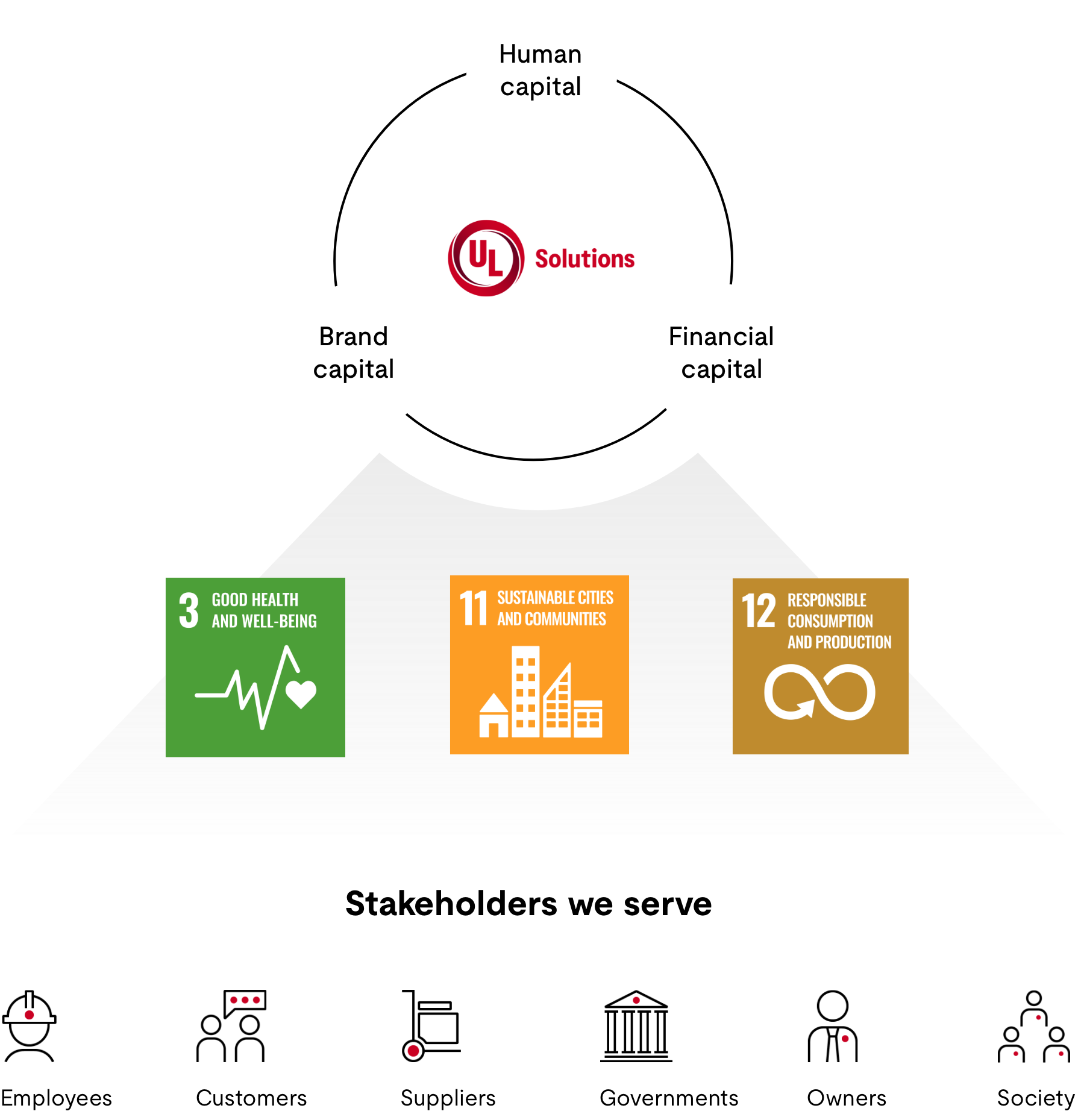
Alignment
Aligning to the UN Sustainable Development Goals (SDGs) enhances the organic connection between our founding mission and the principles of sustainable progress. Across our existing solutions and services, we believe we have the ability to impact all 17 UN SDGs, and we continue to seek and establish new opportunities to serve our customers as they help work to advance these global goals.
While our businesses serve as ESG enablers for our customers and stakeholders, our internal sustainability efforts govern and drive progress on our sustainability journey. Beginning in 2018, we identified the SDGs where we believe we could best help accelerate sustainable progress with the combined efforts of our human capital (employees), brand capital (safety science expertise and services) and financial capital (investments and charitable efforts). The three primary SDGs we have prioritized are:
The three primary SDGs we have prioritized are:
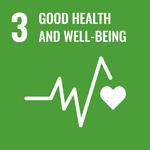
SDG #3
Ensure healthy lives and promote well-being for all at all ages.
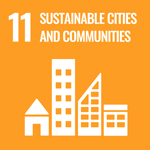
SDG #11
Make cities and human settlements inclusive, safe, resilient, and sustainable.
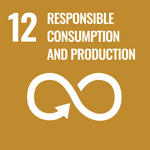
SDG #12
Ensure sustainable consumption and production patterns.

Since 2019, we have participated in the United Nations Global Compact, to further integrate the SDGs into our business and to collaborate with other responsible corporations upholding the Ten Principles of Responsible Business. We report on our implementation of the Ten Principles focused on human rights, labor, environment and anti-corruption in our annual Communication on Progress (CoP).
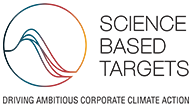
Science-based Targets Initiative (SBTi)
In 2022, UL Solutions committed to set near-term company-wide emission reductions in line with climate science with the Science Based Targets initiative (SBTi). The initiative is a collaboration between CDP, the United Nations Global Compact, World Resources Institute (WRI) and the World Wide Fund for Nature (WWF) and one of the We Mean Business Coalition commitments.
We partner with our customers and EcoVadis to share our sustainability performance across our value chain.
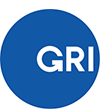
Global Reporting Initiative (GRI)
Throughout our sustainability journey, we have applied the Global Reporting Initiative (GRI) standards and considered our impacts on people and the planet, or impact materiality, from the onset. Impact materiality, which differs from financial materiality, aligns with our ESG reporting goals to inform our employees and stakeholders how we promote proper governance and engage with the environment and society.
Boston College Center for Corporate Citizenship (BCCCC)
With more than 500 member companies, BCCCC provides education, forums and training to help organizations align corporate citizenship objectives with business goals. Members of our Corporate Sustainability team sit on the BC CCC ESG Reporting Advisory Board and its Executive Forum.
Stakeholders
We identify our stakeholders as: Employees, Customers, Suppliers, Governments, Owners and Society due to the nature of the work we perform, which ultimately impacts public safety and society as a whole.

We regularly engage with all our stakeholders in an ongoing fashion by publishing research, news, white papers, webinars and tutorials on our website and through subject matter leadership and engagement at conferences and industry events, both virtual and in-person. Our customer advocacy team works directly on issues that impact our customers’ overall experience with UL Solutions, helping us proactively address any issues, identify opportunities and trends and faithfully fulfill our services. We regularly survey our customers and other stakeholders and include them in roundtable discussions, annual meetings, industry forums and association policy meetings.
Our onboarding process and engagement with our Standards of Business Conduct (SoBC), Supplier Code of Conduct and additional policies support our supplier relationships.
We survey our global colleagues annually and offer them multiple ways to voice concerns and ideas, through our reporting platforms, through our HR, Legal and E&C offices or via Corporate Sustainability initiatives and task forces. UL University (ULU) supports advanced training and education, while our company intranet, employee-led business resource groups (BRGs) and development portal offer even more avenues for colleagues to inform and influence our culture and decision-making.
Our social sustainability efforts engage us with our local community members and charitable organizations while our Global Government Affairs group consults on public policy and political developments, nurturing critical relationships with local governments across our geographies.
ESG topics raised by stakeholders are addressed in our monthly CSC meetings and in our public global impact reports, including our annual report.
ESG Materiality
In 2022, we completed a comprehensive, third-party ESG materiality assessment with ERM to consult with our stakeholders on environmental, economic and social topics. We had previously conducted similar ESG materiality assessments in 2014 and 2018 that informed our foundational sustainability strategy. Impact materiality differs from financial materiality and helps identify the sustainability issues where we could achieve greatest impact.
Our process
The GRI’s Reporting Principles guided our assessment process. We also considered other global reporting frameworks and standards to identify topics for inclusion in the assessment. This assessment determined the relative importance of ESG topics to UL Solutions and our internal and external stakeholders, based on the topic’s potential risk, opportunity and the significance of UL’s impact.
This assessment included desk research of peers, macro trends, sustainability industry standards and investor sustainability assessments. The assessment providers also surveyed and interviewed internal and external stakeholders, with nearly 500 UL Solutions employees participating, and 20 stakeholders representing customers, non-governmental organizations (NGOs), industry groups, owners, standards organizations, academia and sustainability allies. UL Solutions’ regional and global leadership and chairman of the board gave interviews to provide direct operational and strategic insights. We reviewed and approved the results of the assessment during validation workshops involving our executive leadership, ERM and the Corporate Sustainability Council.
The results support the strategy that we’ve held since forming our Corporate Sustainability function while providing current additional perspective and prioritization and allowing that the importance of any given topic may fluctuate with time and changing context.
Topics with ESG Materiality
Our assessment incorporated and defined these topics as material to UL Solutions based on the assessment team’s research. The definition of materiality used is the GRI approach to double materiality, meaning that these topics may be financially material and impactful to the value of the organization, or may positively — or negatively — impact the environment, people and economy in general, or both. Not all of the topics identified below are financially material to our business, operations or financial statements. They are listed here in alphabetical order by category.
| ENVIRONMENT | |
|---|---|
| Biodiversity and sustainable land use | Protecting biodiversity and healthy ecosystems, which provide food, medicine and natural resources |
| Climate resilience | Managing the physical, transitional, financial risks and opportunities presented by climate adaptation and resilience, both within our operations and regarding our customers’ needs |
| Decarbonization | Managing and reducing greenhouse gas (GHG) emissions throughout the company’s value chain, including Scope 1, 2 and 3 emissions |
| Energy | Reducing our worldwide usage of fossil fuels and transitioning to renewable energy generation and purchasing |
| Outdoor air quality | Managing and improving outdoor air quality (related to non-GHG emissions) including ozone-depleting pollutants related to emissions into the atmosphere from our operations |
| Sustainable procurement | Monitoring and strengthening environmental management throughout our supply chain and addressing key areas of risk and opportunity |
| Waste | Responsibly managing both hazardous and non-hazardous waste in our operations, diverting waste from landfills and engaging in responsible, collaborative and innovative methods to repurpose the materials that leave our owned and operated locations |
| Water | Effectively managing water by reducing our worldwide water consumption with a focus on water-stressed regions; finding new ways to recapture, recycle and reuse water in our operations |
| SOCIAL | |
|---|---|
| Community investment and impact | Supporting sustainable development, resilience and equity in global communities through volunteering and philanthropy |
| Customer satisfaction and ESG enablement | Delivering services to our customers to support them in achieving their organizational ESG goals |
| Diversity, equity, inclusion and gender equality | Fostering diversity, equity and inclusion within our workforce, supply chain and communities worldwide. Building a workforce representative of the communities in which we operate, establishing and supporting programs both internally and globally that support women’s empowerment and gender equality |
| Health, safety and well-being | Managing and improving mental and physical health, safety and well-being for our employees, customers and suppliers; creating a safety-focused culture including managing incidents and minimizing operational risk; striving to improve indoor air quality, and utilizing digital tools to operationalize health and safety management |
| Human rights | Respecting human rights throughout our value chain consistent with international norms and remedying any breaches within our operations, including (but not limited to) respecting and complying with applicable laws regarding the right to collective bargaining, fair labor practices and working conditions for direct UL Solutions’ employees and those within our supply chain |
| Talent attraction and engagement | Hiring, managing, developing and retaining diverse talent through an inclusive culture, enhanced learning and development opportunities and a supportive benefits program, including volunteerism |
| GOVERNANCE | |
|---|---|
| Corporate governance | Maintaining the standards, structures, and processes pertaining to the diversity and independence of the board of directors as well as the effective governance of UL Solutions and its ESG strategy, goals and programs |
| Cybersecurity and data privacy and protection | Effectively managing digital security to prevent unauthorized access to UL Solutions’ systems; managing our internal systems and customer services in a manner that protects the collection, analysis, use, storage, transfer and sharing of information from unwanted parties, unauthorized access and security threats, including cyberattacks |
| Ethics and compliance | Promoting stringent ethical standards and combating corruption in all of our business interactions, including in joint ventures and with business partners, customers and suppliers |
| Geopolitical stability | Monitoring both national and international geopolitical volatility and its subsequent impacts on the transition to a more sustainable world, engaging with governments on material sustainability issues where appropriate |
| Innovation and research | Investing in research and development and leveraging new and emerging technologies to develop new products and services that facilitate the transition to a more sustainable world |
| Regulatory engagement | Engaging with regulators and policymakers on issues material to UL Solutions’ interests |
Outcomes
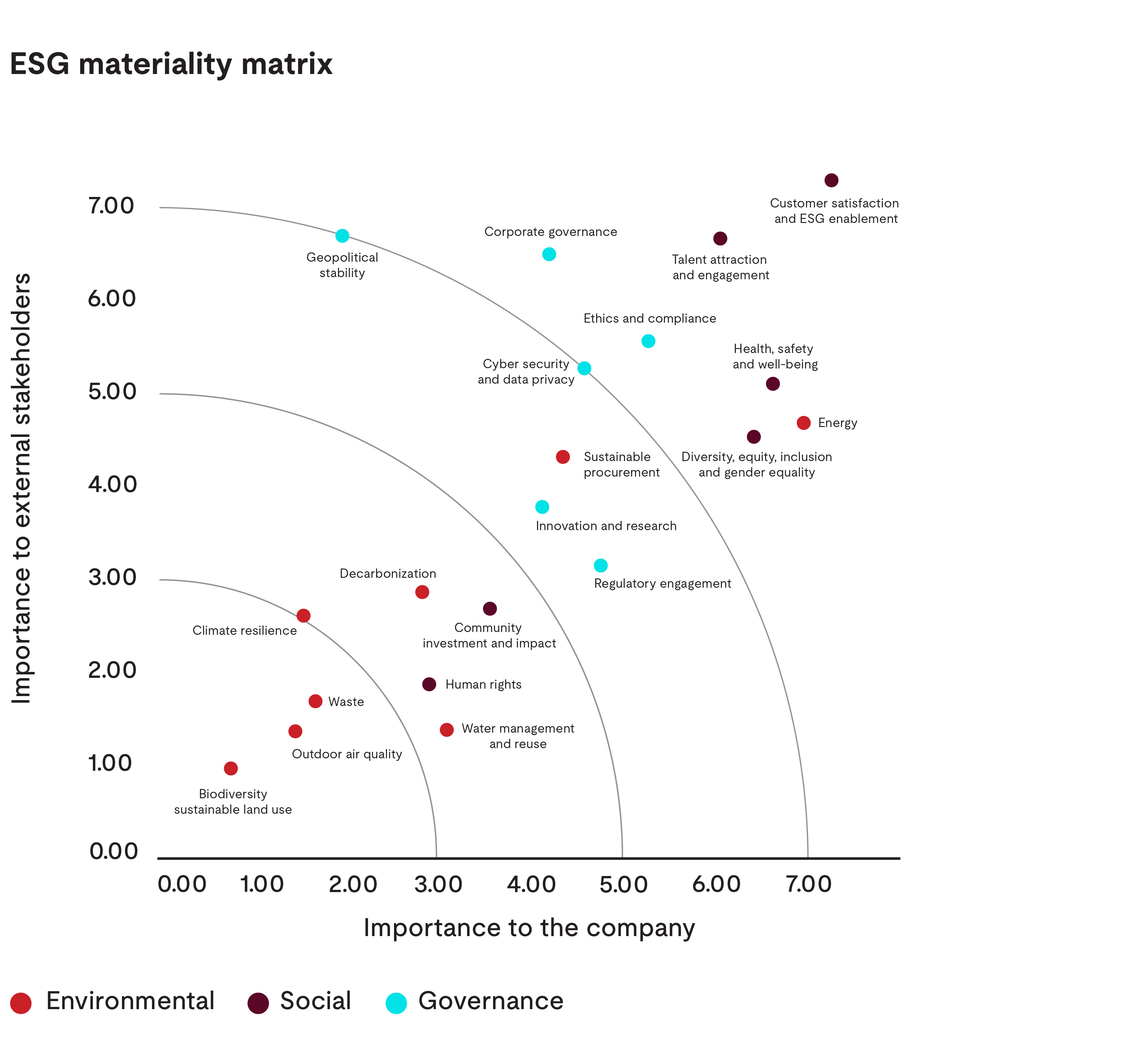
Management
The results of our assessment solidified our strategic focus on UN SDGs #3 (Good Health and Well-being), #11 (Sustainable Cities and Communities) and #12 (Responsible Consumption and Production) with health, safety and wellbeing, energy, and ESG enablement all identified within Tier 1, our highest priority ESG topics. Customer satisfaction and ESG enablement measured as the highest priority topic for our internal and external stakeholders. Our top-tier topics all align with our operating strategy, key results and the fulfillment of our mission.
The high prioritization of talent attraction and engagement and diversity, equity, inclusion and gender equality authenticate the importance of our ongoing efforts to nurture and reward our talent across the enterprise while affirming our commitment to do more. Given our mission-driven history and high-integrity business and culture, we are pleased to see that ethics and compliance continue to hold high value as we maintain our uncompromising focus to exceed stakeholder expectations.
The insights and observations brought forth in this materiality assessment motivate us while reinforcing our focus and mission. While the highest-priority topics shall drive our near-term strategy and resource investment, each ESG topic is valuable to our success, and we will continue to monitor and incorporate them into our enterprise risk management as well as our corporate sustainability strategy and objectives.
These results represent a point in time for our stakeholders and we continuously evaluate and prioritize progress on sustainability topics as we take in new data and work to achieve our business objectives. We are improving our supplier management program and focusing on decarbonization in line with climate science as top-tier priorities based on other strategic inputs including customer questionnaires, the SBTi, EcoVadis guidance and the UN SDGs.
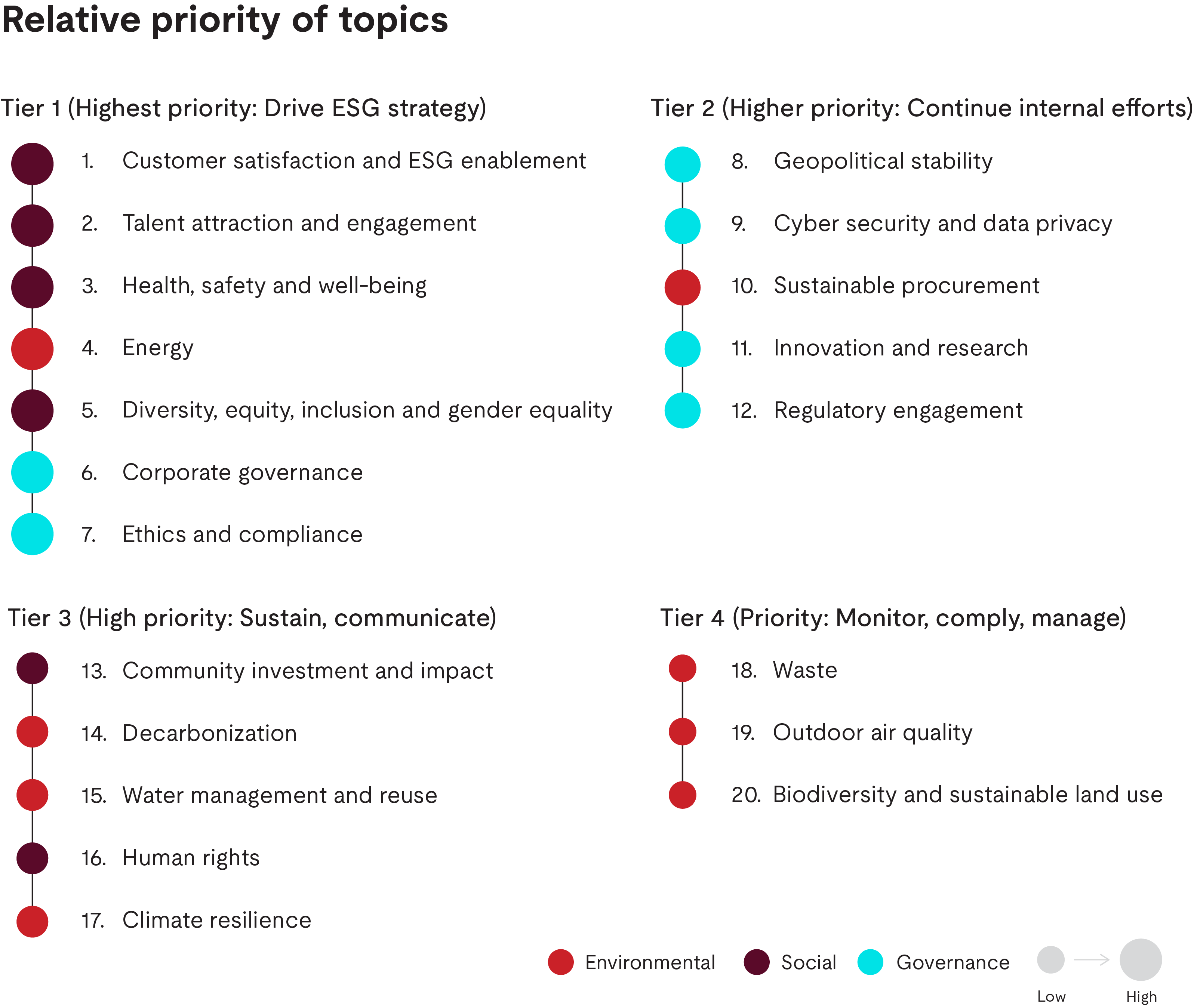
Next steps
Our materiality assessment confirms our current sustainability priorities and responsibilities. As the ESG landscape, our world and our work evolves, we’ll continue engaging with our stakeholders to assess our strategy and make certain we remain conscious of what matters most. Moving forward, we intend to further integrate the management of these ESG topics into our businesses, and identify and measure additional key performance indicators (KPIs), workstreams and initiatives to accelerate our ESG impact.
As our stakeholders expect, we will work to meet the increasing global need for ESG service solutions and to apply our safety science expertise to renewable resources, environmental stewardship, supply chain management, diversity and inclusion, workplace conduct, human rights, philanthropy and support for our local communities. Our mission, strategy and operational focus revolve around continuing to advance our sustainability leadership to meet the world’s demands. We will continue to invest in and focus our science-based expertise on addressing the sustainability trends, risks and opportunities fundamental to our long-term prosperity.
We are enthusiastic about deploying our voice, actions, services, and scientific leadership to progress the quality of life on our planet while creating enterprise value for UL Solutions, our employees, stakeholders and society.
Reporting
Our commitment to reporting our operations’ impact on planet, people and prosperity began in 2019 with the publication of our first sustainability report. 2022 marks our fourth annual sustainability report. We have grown in our coverage, in our understanding of our many stakeholders’ interests and in our ability to capture and analyze data from across UL Solutions.
This report contains no restatements of information and while it has been internally assessed and validated in accordance with our governance procedures, it has not been externally assured.
The concept of ESG materiality used in this report, including where we use the word “material” or “materiality,” is based on definitions of ESG materiality specific to UL Solutions. While certain matters discussed in this report may be significant, not all matters are material. Furthermore, some discussions regarding ESG materiality may require a level of estimation and assumption that may make the resulting disclosures inherently uncertain.
As a purpose-driven organization, we align our reporting in accordance with the GRI. The GRI values double materiality and guides companies to report on topics that may impact the value of the organization or may positively — or negatively — impact the environment, people and economy in general or both. GRI topics may or may not be financially material.
As a private entity, we do not publish financial information, but we attempt to disclose as clearly as possible on other sustainability topics and activities material to our stakeholders. We continually seek to track and measure the combined impact of our Corporate Sustainability initiatives and our ESG-enabling customer solutions as we mature in our reporting journey.
Data management
We use our own UL 360 ESG and sustainability reporting software to collaborate with colleagues effectively across our global locations to report, track, analyze, assess and govern our ESG data at every step in preparation for reporting.
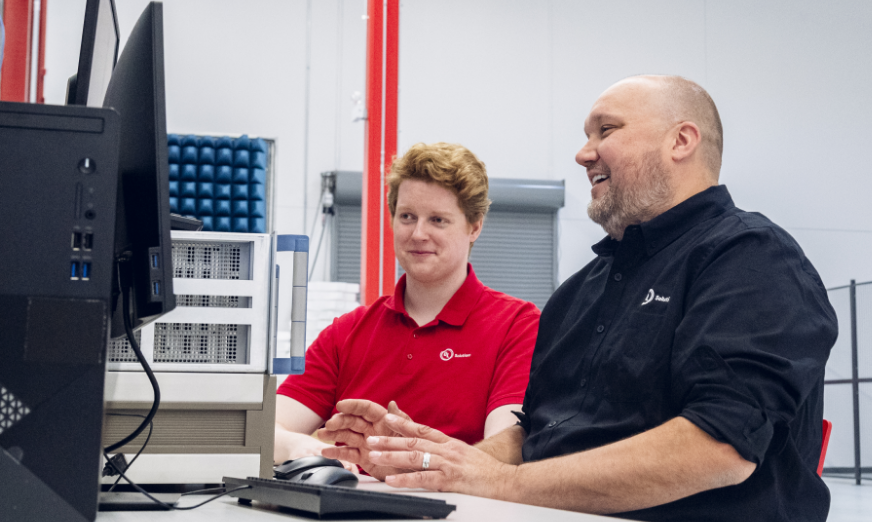
Disclosure statement
Statements contained in this report that are not historical facts are based on current expectations, estimates, projections, opinions and beliefs of UL Solutions Inc. Such statements involve known and unknown risks, uncertainties and other factors, and undue reliance should not be placed thereon. In addition, certain information contained herein represents or is based upon forward-looking statements or information, including ESG-based initiatives, and while UL Solutions believes such information is based on reasonable assumptions, forward-looking statements are inherently uncertain and actual events or results may differ from those projected. Therefore, actual results may differ materially, and adversely, from what is expressed in or indicated by these statements, and undue reliance should not be placed on such information. Factors that could cause these differences include, among others, socio-demographic and economic trends, energy and fuel prices, technological innovations, climate-related conditions and weather events, legislative and regulatory changes, our ability to gather and verify data regarding environmental impacts, our ability to successfully implement various initiatives throughout the company under expected time frames, the compliance of various third parties with our policies and procedures and legal requirements, our dependency on certain third parties to perform, and other unforeseen events or conditions. In addition, statements in this report are based on UL Solutions’ views at the time that this report was drafted and do not represent a commitment to ensure that specific targets, policies, programs, or other forward-looking actions are achieved or to provide further updates. This report also contains matters that may be significant, however, any significance should not be read as necessarily rising to the level of materiality used for the purposes of the U.S. federal securities laws, even if we use the word “material” or “materiality” in this report or in other materials issued in connection with the matters discussed in this report. Moreover, given the uncertainties, estimates and assumptions inherent in the matters discussed in this report, and the timelines involved, materiality is inherently difficult to assess far in advance. In addition, given the inherent uncertainty of the estimates, assumptions and timelines associated with the matters discussed in this report, we may not be able to anticipate in advance whether or the degree to which we will or will not be able to meet our plans, targets or goals. In addition, we do not incorporate the third-party data at links included in this report and only include those links as points of reference and have not verified and do not intend to verify the information at those links.
Furthermore, much of this information is subject to assumptions, estimates or third-party information that is still evolving and subject to change. For example, we note that standards and expectations regarding greenhouse gas (GHG) accounting and the processes for measuring and counting GHG emissions and GHG emission reductions are evolving, and it is possible that our approaches both to measuring our emissions and to reducing emissions and measuring those reductions may be, either currently by some stakeholders or at some point future, considered inconsistent with common or best practices with respect to measuring and accounting for such matters, and reducing overall emissions. Certain of our disclosures also rely at least in part on third-party information, and while we are not aware of any material issues with such information, except to the extent disclosed, we have not necessarily independently reviewed this information for accuracy. We also have not independently verified the qualifications or processes and procedures of the third party verifying our greenhouse gas emissions inventory. If our or our third parties’ approaches to such matters are perceived to fall out of step with common or best practice, we may be subject to additional scrutiny, criticism, regulatory and investor engagement or litigation, any of which may adversely impact our business, financial condition, or results of operations.
Moreover, while we aim to align certain disclosures set forth or referred to in this report with the recommendations of various third-party frameworks, such as the Global Reporting Initiative, we cannot guarantee strict adherence to any framework’s recommendations. Additionally, our disclosures, as well as relevant internal controls, based on any standards may change due to revisions in framework requirements, availability or quality of information, changes in our business or applicable government policies, or other factors, some of which may be beyond our control.








